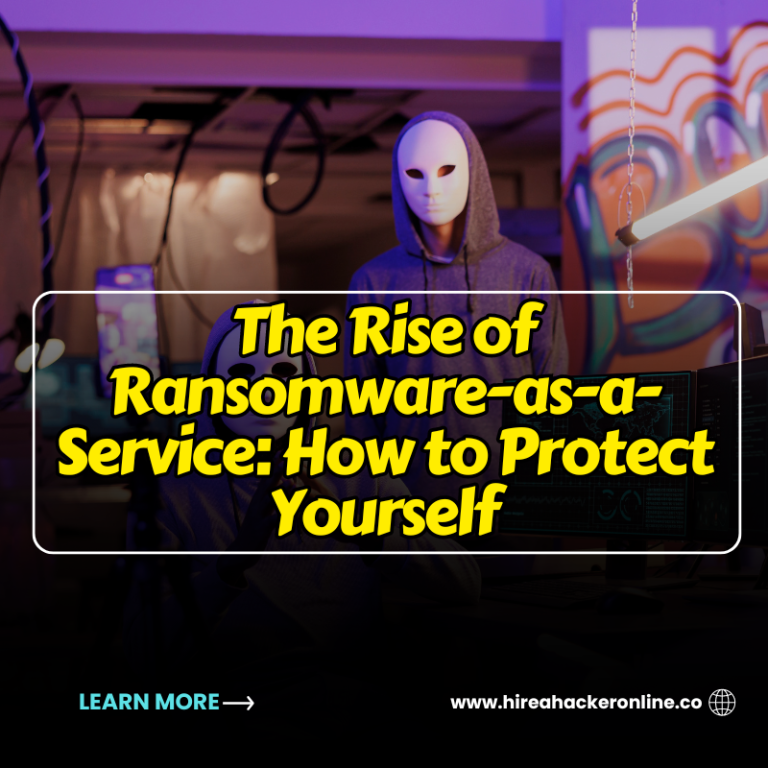The digital landscape is undergoing a perilous transformation. Once a complex undertaking, cybercrime has been commoditized into a lucrative business model: Ransomware-as-a-Service (RaaS). This insidious trend has lowered the barrier of entry for malicious actors, enabling even those with limited technical expertise to launch devastating attacks.
RaaS operates much like a franchise model. A criminal organization, the RaaS provider, develops the ransomware, builds the infrastructure, and offers it to affiliates on a subscription or revenue-sharing basis. Affiliates, often with varying levels of technical skill, leverage the provided tools to target victims, encrypt their data, and demand a ransom.
The implications of RaaS are far-reaching. Organizations of all sizes, from multinational corporations to small businesses, are vulnerable. The frequency and sophistication of attacks have surged, resulting in significant financial losses, reputational damage, and operational disruptions.
To combat this escalating threat, a multi-layered defense strategy is imperative. Here are key steps to protect yourself from RaaS attacks:
Employee Education and Awareness:
- Regular Training: Conduct comprehensive cybersecurity training for all employees, emphasizing phishing recognition, password hygiene, and safe browsing practices.
- Social Engineering Simulations: Simulate phishing attacks to assess employee awareness and identify vulnerabilities.
- Incident Reporting: Encourage employees to report any suspicious activities or emails promptly.
Robust Network Security:
- Firewall Implementation: Deploy strong firewalls to protect your network perimeter.
- Intrusion Detection and Prevention Systems (IDPS): Implement IDPS to monitor network traffic for malicious activity and block threats.
- Network Segmentation: Divide your network into isolated segments to limit the potential damage of a breach.
Data Backup and Recovery:
- Regular Backups: Maintain frequent backups of critical data and store them offline or in secure cloud storage.
- Backup Testing: Regularly test your backup and recovery procedures to ensure their effectiveness.
- Immutable Backups: Consider using immutable backup solutions that prevent data modification or deletion.
Patch Management:
- Software Updates: Keep operating systems, applications, and software up-to-date with the latest patches to address vulnerabilities.
- Vulnerability Scanning: Regularly scan your systems for vulnerabilities and prioritize patching critical issues.
Endpoint Protection:
- Antivirus and Anti-malware: Deploy robust endpoint protection solutions to detect and block malware.
- Behavior-Based Detection: Utilize behavior-based detection technologies to identify suspicious activities.
Incident Response Planning:
- Preparedness: Develop a comprehensive incident response plan outlining steps to take in case of a ransomware attack.
- Tabletop Exercises: Conduct regular tabletop exercises to test your incident response plan and identify areas for improvement.
Third-Party Risk Management:
- Vendor Assessment: Evaluate the cybersecurity practices of third-party vendors and suppliers.
- Contractual Obligations: Include cybersecurity provisions in contracts with third parties.
Multi-Factor Authentication (MFA):
- Enhanced Security: Implement MFA for all user accounts to add an extra layer of protection.
Email Security:
- Phishing Filters: Utilize advanced phishing filters to block malicious emails.
- Email Security Awareness: Educate employees about email-borne threats.
Continuous Monitoring and Improvement:
- Threat Intelligence: Stay informed about the latest ransomware trends and tactics.
- Security Audits: Conduct regular security audits to assess your organization’s risk posture.
Remember, no single solution can guarantee complete protection against ransomware. A layered approach that combines technology, employee training, and robust incident response planning is essential for mitigating the risks associated with RaaS attacks. By prioritizing cybersecurity and staying vigilant, organizations can significantly reduce their vulnerability to these devastating threats.




